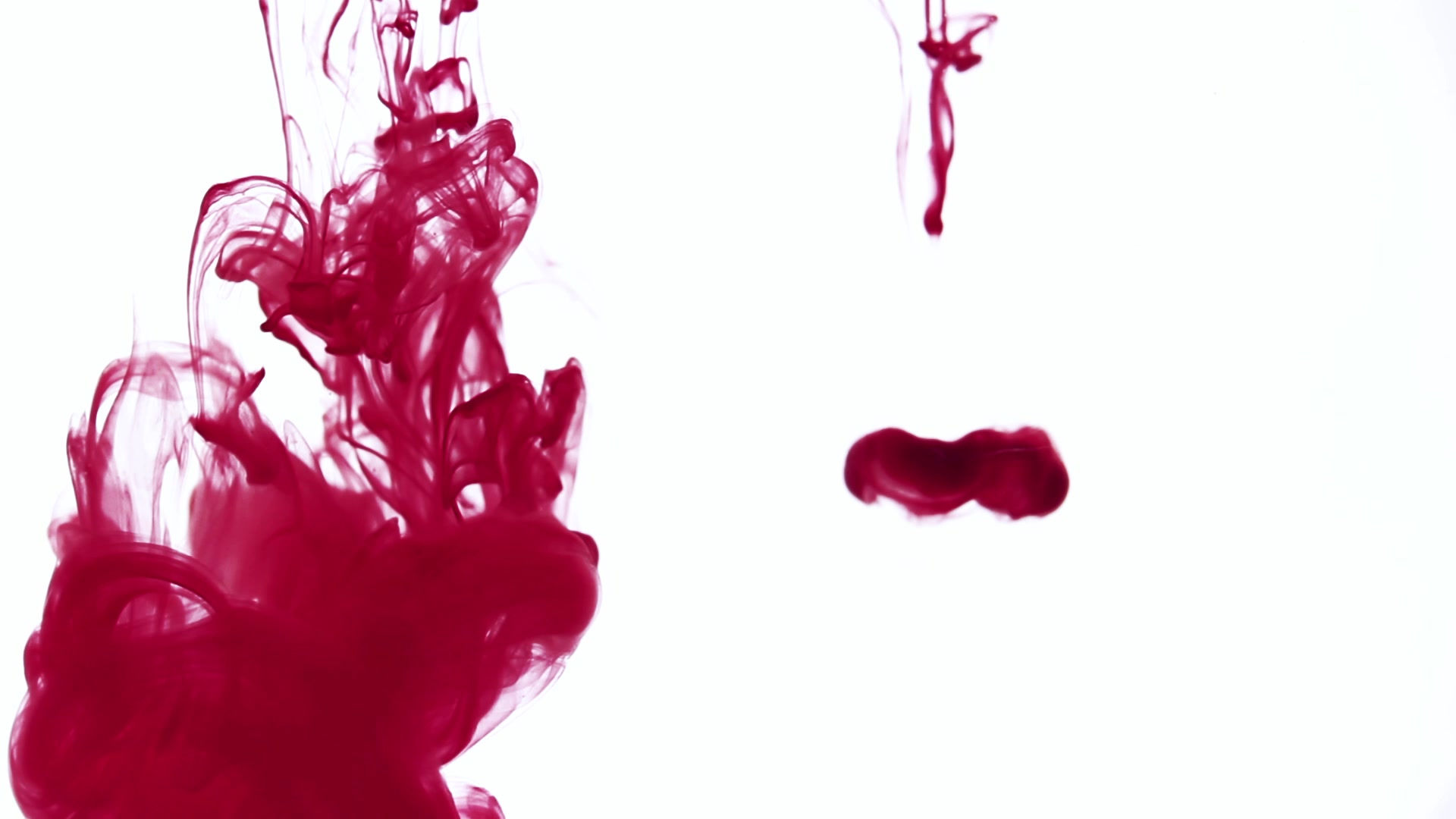
HIV-1 infection is characterized by a chronic viral persistence due to the existence of long-lived cell reservoirs. These reservoirs are the main obstacle for HIV cure and there is a global effort trying to characterize and eliminate these latently infected cells.
Monocyte-derived macrophages (MDMs) contribute to the long-lived HIV-1 reservoirs along with CD4+ T cells. They are considered a secondary reservoir that is very stable and may transport the virus to organs and tissue of difficult access to drugs. MDMs also contribute to the chronic inflammation that is present in HIV+ individuals despite the effective antiretroviral treatment (ART), due to the ability of these cells to release soluble proinflammatory factors such as IFNg and TNFa.
Our group previously demonstrated that tyrosine kinase inhibitors (TKI) such as dasatinib may interfere with HIV-1 infection of CD4+ T lymphocytes, the main HIV-1 reservoir. This interference is mostly based on the inhibition of SAMHD1 phosphorylation at Thr592, which preserves the antiviral activity of this innate immune factor (Bermejo et al., Biochem Pharmacol). CD4+ T cells show no phosphorylation of SAMHD1 in the absence of activation, due to, in a resting state, there is no expression of cyclin-dependent kinases such as Cdk1/cdc2, which has been directly related to SAMHD1 phosphorylation during T-cell activation (Cribier et al., Cell Rep 2013). On the contrary, MDMs show constitutive SAMHD1 phosphorylation that would make them highly susceptible to HIV-1 infection in the absence of stimuli. Therefore, we have performed a proof-of-concept study to evaluate the efficacy of dasatinib to protect MDMs from HIV-1 infection and also to determine whether dasatinib was able to reduce their inflammatory potential by interfering with the release of proinflammatory cytokines (Mora S et al., CROI 2022; Abstract 345).
CD14+ monocyte cells were isolated from peripheral blood mononuclear cells (PBMCs) of ART-treated individuals with chronic HIV-1 infection (n=15) and healthy donors (n=11). These monocytes were differentiated to MDMs for 5 days and then infected with HIV-1 in vitro in the presence or absence of dasatinib. Pre-treatment with dasatinib efficiently protected MDMs from HIV infection, being more effective to protect MDMs that had been isolated from healthy donors than those that were isolated from people living with HIV (PLH). This interference with HIV infection correlated with the reduction of the levels of phosphorylated SAMHD1 in MDMs, which proved that dasatinib was also able to restore the antiviral activity of SAMHD1 in these cells, being this protection more effective in MDMs from healthy donors than from PLH.
On the other hand, dasatinib delayed the release of IFNg from MDMs isolated from PLH in response to lipopolysaccharide (LPS) stimulation, more efficiently than from those MDMs that had been isolated from healthy donors. However, it showed no effect on the production of TNFa.
In conclusion, we presented data about the capacity of dasatinib to revert SAMHD1 phosphorylation of MDMs, thereby restoring the antiviral capacity of this innate immune factor and making MDMs refractory to HIV-1 infection. Accordingly, dasatinib would be able to protect from HIV-1 infection the two most important cell types that form part of the viral reservoir: CD4+ T cells and macrophages. Besides, treatment with dasatinib may also contribute to improve the sustained inflammation characteristic of chronic HIV infection. Therefore, the use of dasatinib in people living with HIV as adjuvant of ART is a strategy that could be considered as part of the therapeutic arsenal that is being developed against HIV reservoirs and towards HIV cure.
Sara Rodríguez Mora and Mayte Coiras
AIDS Immunopathology Unit
National Center of Microbiology
Instituto de Salud Carlos III
Madrid, Spain
Contact: srmora@isciii.es, mcoiras@isciii.es
